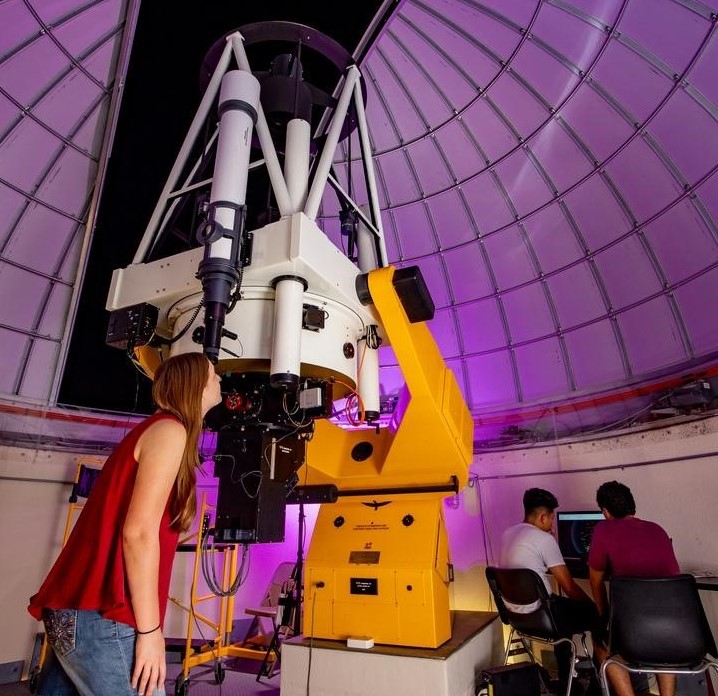Document Type
Article
Publication Title
Journal of High Energy Physics
Abstract
A search is presented for a massive particle, generically referred to as a Z′, decaying into a tt¯" role="presentation" style="box-sizing: inherit; display: inline; line-height: normal; word-spacing: normal; overflow-wrap: normal; text-wrap: nowrap; float: none; direction: ltr; max-width: none; max-height: none; min-width: 0px; min-height: 0px; border: 0px; padding: 0px; margin: 0px; position: relative;">tt¯tt¯ pair. The search focuses on Z′ resonances that are sufficiently massive to produce highly Lorentz-boosted top quarks, which yield collimated decay products that are partially or fully merged into single jets. The analysis uses new methods to analyze jet substructure, providing suppression of the non-top multijet backgrounds. The analysis is based on a data sample of proton-proton collisions at a center-of-mass energy of 7 TeV, corresponding to an integrated luminosity of 5 fb−1. Upper limits in the range of 1 pb are set on the product of the production cross section and branching fraction for a topcolor Z′ modeled for several widths, as well as for a Randall-Sundrum Kaluza-Klein gluon. In addition, the result contrain any enhancement in tt¯" role="presentation" style="box-sizing: inherit; display: inline; line-height: normal; word-spacing: normal; overflow-wrap: normal; text-wrap: nowrap; float: none; direction: ltr; max-width: none; max-height: none; min-width: 0px; min-height: 0px; border: 0px; padding: 0px; margin: 0px; position: relative;">tt¯tt¯ production beyond expectations of the standard mode for tt invariant mass larger than 1 TeV/c 2.
DOI
doi.org/10.1007/JHEP09(2012)029
Publication Date
2012
Recommended Citation
The CMS collaboration., Chatrchyan, S., Khachatryan, V. et al. Search for anomalous tt¯ production in the highly-boosted all-hadronic final state. J. High Energ. Phys. 2012, 29 (2012). https://doi.org/10.1007/JHEP09(2012)029


